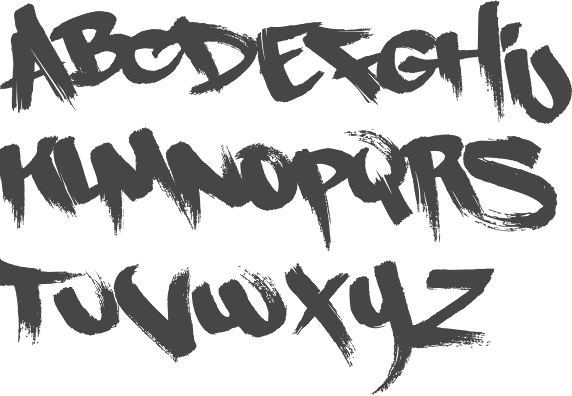

Other chapters explain how to use the brush, names of and techniques for producing the individual strokes, principles of composition of characters, and aesthetic principles underlying creativity as seen from Eastern and Western perspectives.įong, Wen C. Chapter on origin of Chinese characters is not scientific but is an accurate portrayal of traditional Chinese cultural beliefs about writing. Engaging explanation of aesthetics and techniques.

Cambridge, MA: Harvard University Press, 1973. Chinese Calligraphy: An Introduction to Its Aesthetic and Technique. Tseng 1993 is interesting in that it presents the history of calligraphy from a traditional viewpoint, but it suffers from credulity in the many myths concerning calligraphers and their practices.Ĭhiang, Yee. Ouyang 2008 is a reliable college textbook. Nakata 1970–1972 is devoted to monographic treatments of the most-famous calligraphers.

Nakata 1983 is organized by type and format of calligraphic writing. Fu 1977 describes techniques of writing and copying, the qualities of each script type, and formats incorporating calligraphy and painting, from the perspective of a practicing calligrapher.

Chinese paintbrush font translate series#
Fong 1999 narrates the history of early calligraphy as a series of great changes in the manner of European art history. Chiang 1973 lays out traditional Chinese beliefs about aesthetics and techniques. Japanese scholars have produced excellent research in the 20th and early 21st centuries, and researchers in the West have been writing on calligraphy history since the 1970s.Įach of these overviews has its own approach and strengths. Critical texts that assessed famous calligraphers appeared in the 4th century, and histories of calligraphy have been written continually from the 5th century to the early 21st century. In the late 20th century, Chinese calligraphy made a place for itself in the international art world, particularly through the incorporation of nonsense characters in multimedia installations. Calligraphy had a rich tradition until the 20th century, and after China’s turmoil ended in the late 1970s, the amateur scene burgeoned again. Calligraphers could practice their art purely for their own pleasure or self-expression, or their work could be done for payment or in exchange for goods and services. Since that time, when it began to be seen as expressive of its writer’s personality and character, calligraphy has been accorded the supreme position among the arts. Although mythic names are associated with the creation of each script type, there were no signed works of calligraphy until the Han dynasty. Seal and clerical were relegated to decorative and monumental functions until they were revived as antiquarian modes in later times. In Qin the clerical script ( li 隸) came into being and flourished during the succeeding Han, whereas by the end of the 2nd century the modern script types of regular ( kai 楷 or zhen 真), running ( xing 行), and cursive ( cao 草) all had developed. The archaic scripts gave way to the “large” seal script ( zhuan 篆) of the Zhou dynasty and the “small” seal script of the Qin. Over the next millennium, five major script types evolved. 1200 BCE, as seen on scripts on the incised oracle bones ( jiaguwen 甲骨文) and inscriptions cast into ritual bronze vessels ( guwen 古文) of the Shang dynasty. The precise moment Chinese characters were born is unknown, but a fully developed system was in use by c. Traditional calligraphers were less interested in mere beauty than in the ability of the gesture and the line to create images of aesthetic power and movement and in the paramount issue of upon whose writing they were modeling theirs. Calligraphy has no referent in nature, so all writing is modeled on that of another. Yet, the word “calligraphy,” from the Greek kalligraphía (beautiful writing), is something of a mistranslation of the Chinese term shufa (書法), which means “model writing,” or writing that is good enough to serve as a model. Calligraphy is the art of writing characters with a brush and ink.


 0 kommentar(er)
0 kommentar(er)
